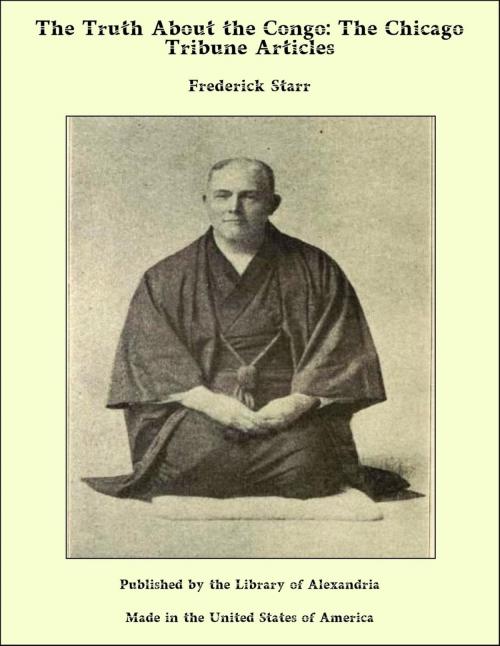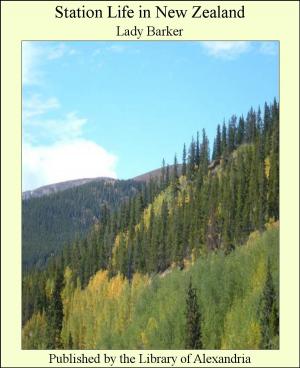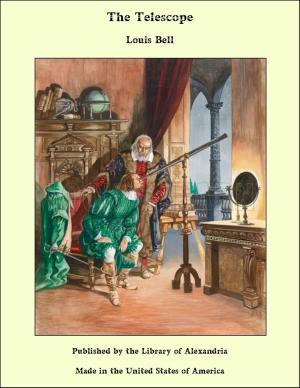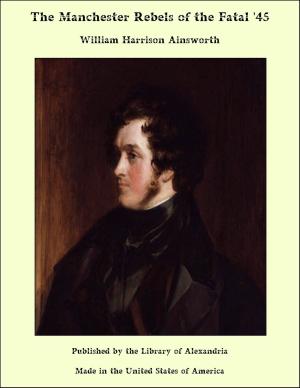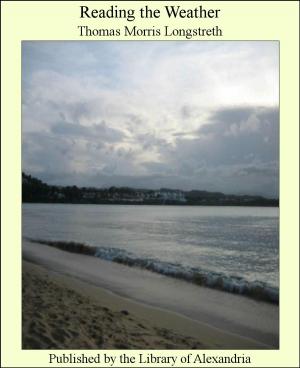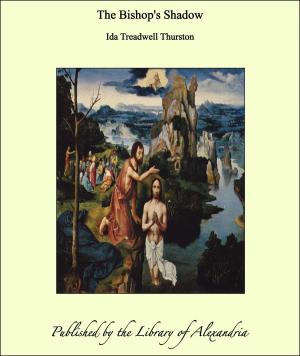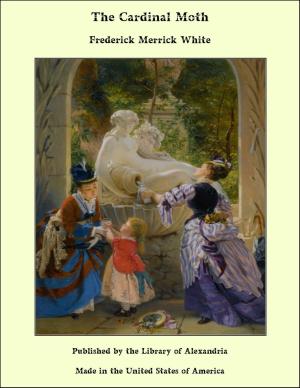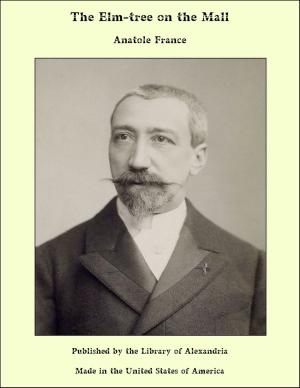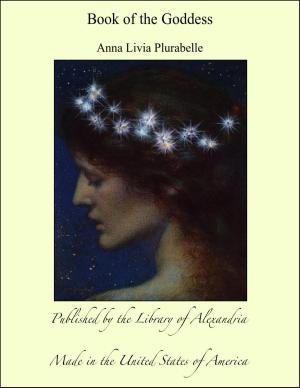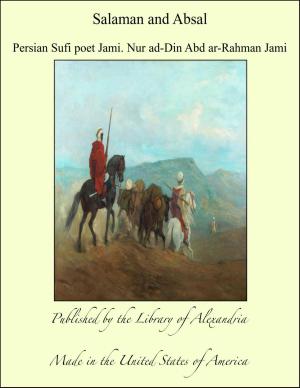The Truth About the Congo: The Chicago Tribune Articles
Nonfiction, Religion & Spirituality, New Age, History, Fiction & Literature| Author: | Frederick Starr | ISBN: | 9781465606082 |
| Publisher: | Library of Alexandria | Publication: | March 8, 2015 |
| Imprint: | Language: | English |
| Author: | Frederick Starr |
| ISBN: | 9781465606082 |
| Publisher: | Library of Alexandria |
| Publication: | March 8, 2015 |
| Imprint: | |
| Language: | English |
MY own interest in the Congo Free State began at the St. Louis exposition. As is well known, that exposition made a special feature of groups of representatives of tribes from various parts of the world. These natives dressed in native dress, lived in native houses, and so far as possible reproduced an accurate picture of the daily life to which they were accustomed in their homes. Among the groups there brought together was one of Congo natives. This group was commonly known as the pygmy group, though but four out of the nine members composing it made claims to be such. The group was brought by Mr. S. P. Verner, at one time missionary to the Congo, who was engaged by the exposition to make a special journey into central Africa to procure it. Four members of the group were Batua, the others were large blacks representing the Bakuba and Baluba. The idea of visiting Africa was one which I had never seriously entertained, but in the study of these Congolese it seemed to me that there were interesting questions the solution of which would well repay a visit. The consequence was, that I determined to visit the Congo Free State—and specifically that part of the state from which these natives had been brought. About this time I received considerable literature from the Congo Reform Association at Boston, the reading of which had its influence in deciding me to undertake the expedition. After reading this literature I started for the Congo, fully prepared to see all kinds of horrors. I supposed that mutilations, cruelties, and atrocities of the most frightful kinds would everywhere present themselves. I expected to find a people everywhere suffering, mourning, and in unhappiness. My errand, however, was not that of a searcher after all these dreadful things, but purely that of a student of human races, with definite questions for investigation. I may say that my opportunities for forming an opinion of conditions in the Congo have been exceptional. Mine was no hasty journey, but a tarry in the country extending over more than one year. While my original plan was to spend the greater portion of my time in the district ruled by the Bakuba chief, Ndombe, with but a short period in other parts of the state, I had decided before reaching the mouth of the Congo to more evenly distribute my time, and to see far more of the Congo proper than I at first intended. As a consequence, I went first into the Kasai district, where I spent four months, after which, returning to Leopoldville, I went up the main river to the head of navigation, and even beyond, to Ponthierville, the terminus of the newly built line of railroad. We also went up the Aruwimi, to the famous Yambuya camp, where the navigation of that river is interrupted by cataracts. I have, therefore, seen not only the lower Congo, which has been so frequently visited in recent years, but traveled thousands of miles upon the great river and two of its most important tributaries.
MY own interest in the Congo Free State began at the St. Louis exposition. As is well known, that exposition made a special feature of groups of representatives of tribes from various parts of the world. These natives dressed in native dress, lived in native houses, and so far as possible reproduced an accurate picture of the daily life to which they were accustomed in their homes. Among the groups there brought together was one of Congo natives. This group was commonly known as the pygmy group, though but four out of the nine members composing it made claims to be such. The group was brought by Mr. S. P. Verner, at one time missionary to the Congo, who was engaged by the exposition to make a special journey into central Africa to procure it. Four members of the group were Batua, the others were large blacks representing the Bakuba and Baluba. The idea of visiting Africa was one which I had never seriously entertained, but in the study of these Congolese it seemed to me that there were interesting questions the solution of which would well repay a visit. The consequence was, that I determined to visit the Congo Free State—and specifically that part of the state from which these natives had been brought. About this time I received considerable literature from the Congo Reform Association at Boston, the reading of which had its influence in deciding me to undertake the expedition. After reading this literature I started for the Congo, fully prepared to see all kinds of horrors. I supposed that mutilations, cruelties, and atrocities of the most frightful kinds would everywhere present themselves. I expected to find a people everywhere suffering, mourning, and in unhappiness. My errand, however, was not that of a searcher after all these dreadful things, but purely that of a student of human races, with definite questions for investigation. I may say that my opportunities for forming an opinion of conditions in the Congo have been exceptional. Mine was no hasty journey, but a tarry in the country extending over more than one year. While my original plan was to spend the greater portion of my time in the district ruled by the Bakuba chief, Ndombe, with but a short period in other parts of the state, I had decided before reaching the mouth of the Congo to more evenly distribute my time, and to see far more of the Congo proper than I at first intended. As a consequence, I went first into the Kasai district, where I spent four months, after which, returning to Leopoldville, I went up the main river to the head of navigation, and even beyond, to Ponthierville, the terminus of the newly built line of railroad. We also went up the Aruwimi, to the famous Yambuya camp, where the navigation of that river is interrupted by cataracts. I have, therefore, seen not only the lower Congo, which has been so frequently visited in recent years, but traveled thousands of miles upon the great river and two of its most important tributaries.
